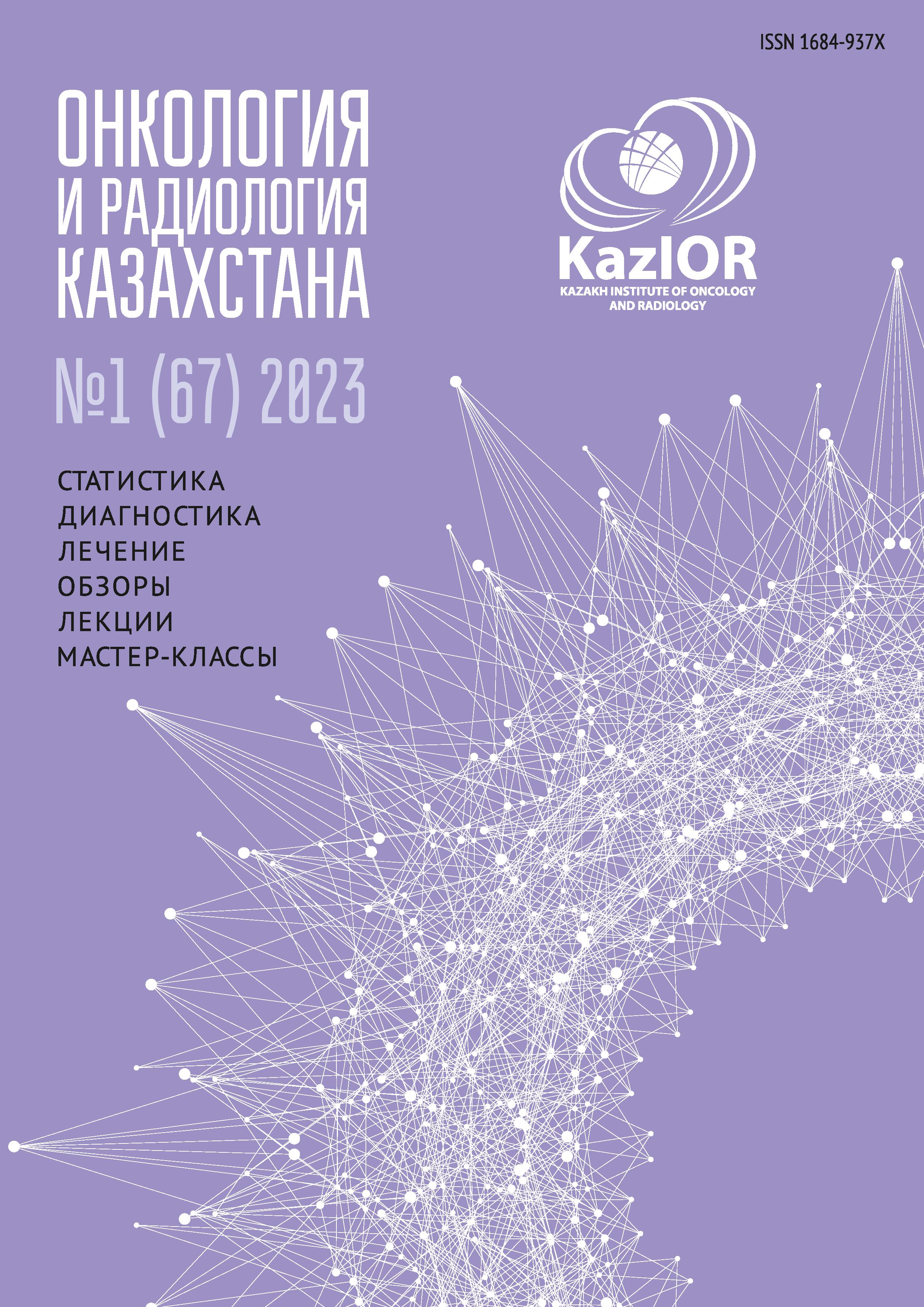Upgrading of laparoscopic intervention of the prostate gland tumors
DOI:
https://doi.org/10.52532/2521-6414-2023-1-67-36-39Keywords:
Prostate gland tumors, prostate cancer, laparoscopic surgery, extraperitoneal prostatectomy, clinical outcome, KazakhstanAbstract
Relevance: Laparoscopic surgery supplies many benefits due to lower postoperative sequelae. Laparoscopic radical prostatectomy has become a first-line treatment for patients with localized prostate cancer worldwide.
The study aimed to compare outcomes after traditional laparoscopic extraperitoneal radical prostatectomy with modified laparoscopic extraperitoneal radical prostatectomy (MLERPE).
Methods: All information about patient treatment for this historical cohort study was obtained from the “Electronic In-patient Registry” of the Republic of Kazakhstan. The study included case records of 94 patients who underwent laparoscopic extraperitoneal radical prostatectomy from 2017 to 2021. Of them, 45 underwent a modified laparoscopic prostatectomy, and 49 – a traditional laparoscopic prostatectomy. Data are presented as the means ± standard deviation or as frequencies and percentages. Pearson’s Chi-square was used for qualitative data. T-test and Mann-Whitney U test were used to compare the means of the two groups. The statistical significance level was 0.05.
Results: We revealed significant differences between the laboratory parameters of both groups after surgery. The mean difference in hemoglobin level between the two groups was 14.04, the mean difference in erythrocyte level was 0.69, the mean difference in leukocyte level was 1.26, and the mean difference in ESR level was 2.01. All differences were statistically significant (p=0.000). We found a statistical difference in the duration of operation and hospital stay between the two groups (p=0.000).
Conclusion: The modified laparoscopic technique avoids adverse worse outcomes such as bleeding, pneumoperitoneum, and decreasing oxygen saturation. This technique is also beneficial in the early postoperative period for excluding peritonitis, and the late postoperative period avoids adhesive processes.

